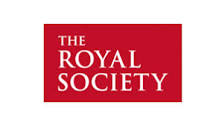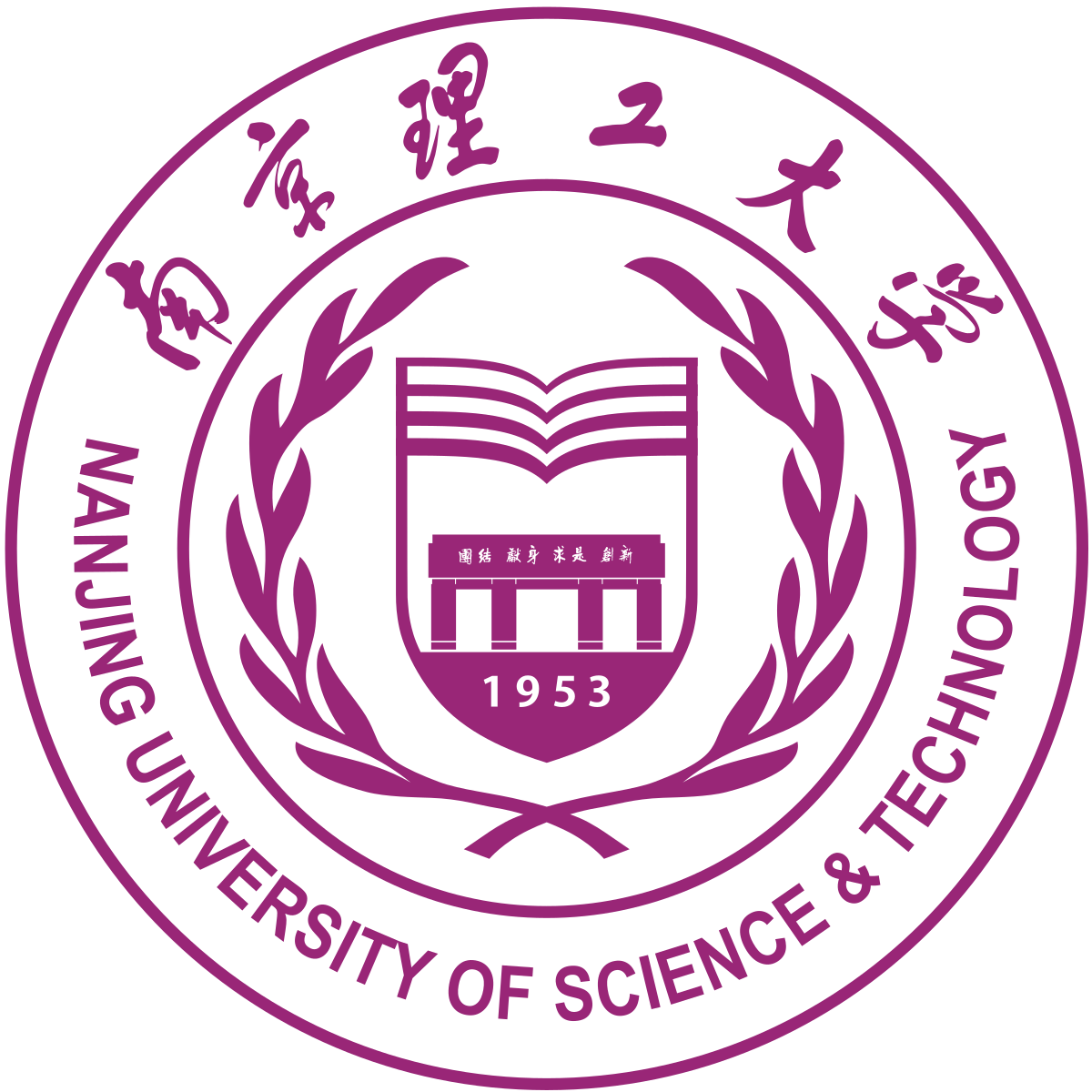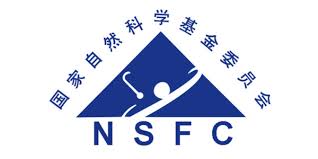|
|
|
|
|
Welcome
to the Deep Visualisation (DV) webpage (20/3/2019-19/3/2021)
This project is
funded by The Royal Society UK under
Newton fund and is in collaboration between Middlesex
University in the UK and Nanjing
University of Science and Technology (NUJST) in China.
Project
title:
Visualisation of super resolution microscopy data with structural contents
using deep learning techniques
Introduction:
The recent super-resolution microscopy (SRM) by changing optical resolution from ~250nm to ~10nm has shed new lights on understanding the insight of cell functions through the visualisation of the interaction of individual molecules in vitro. This is because that SRM is based on the synergy of many techniques (ensemble, single-molecule, trade-off between resolution and acquisition speed, 3rd dimension). While SRM is on course to make significant impact to cell biology, there are still challenges need to be addressed. For instance, different techniques (parametric indirect) can influence the interpretation of acquired data. Living cells can potentially move molecules faster than the speed of SRM capturing images. Localization precision is frequently much smaller than spatial image resolution, varying between 10 and 100 nm. Furthermore, as super resolution progresses into 3D, the hardware for ensemble technique becomes more challenging since single-molecule technique needs to localize millions of molecules with adequate spatial resolution in a single image. Hence this project aims at developing effective approaches to interpret super-resolution data through the investigation of human papillomavirus (HPV) with reference to electron microscopy (EM). The following objectives will be met.
- To reconstruct SRM data for monitoring anti-HPV drug uptake and cellular responses
- To develop a novel visualisation tool based on graph neural networks (GNNs) to represent structured SRM data
- To train young scientists the state of the art deep learning tools in both optical engineering and biology
- To widen and promote the application of the state of the art machine learning techniques
Project
partners:
Professor Xiaohong
(Sharon) W. Gao –Middlesex University, London UK
Dr. Xuesong Wen
–Middlesex University, UK
Professor Xuefeng Liu -- Nanjing University of Science and
Technology, China
Dr. Bin Xu -- Nanjing University of
Science and Technology, China
Dr. Jichuan Xong
-- Nanjing University of Science and Technology, China



